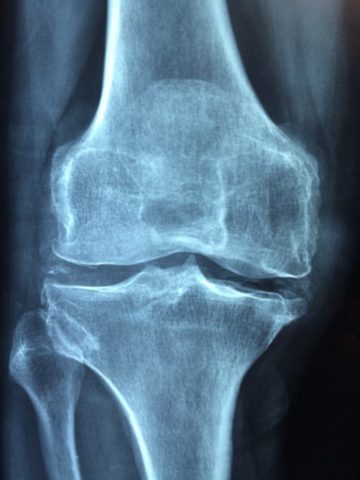 People who live with chronic pain often become disheartened when traditional medical treatment is not effective. While many people find relief from painful conditions with medications and physical therapy, others do not. In these cases, doctors may try joint injections to help reduce inflammation and pain. The following information may help you decide if the joint injections are right for you.
People who live with chronic pain often become disheartened when traditional medical treatment is not effective. While many people find relief from painful conditions with medications and physical therapy, others do not. In these cases, doctors may try joint injections to help reduce inflammation and pain. The following information may help you decide if the joint injections are right for you.
The Science Behind Joint Injections
Many medications are used for joint injections. These may include local anesthetics, steroids, and viscal supplement injections that help to lubricate and cushion the joints. The later may provide up to six months of pain relief with a single injection.
Injections may be used in the shoulder, hip, knee, and other joints, as also in tendons and bursa.
The following conditions may benefit from injection therapy.
Arthritis
Those who have arthritic knees, wrists, ankles or shoulders often find relief with joint injections.
The most common type of arthritis is the age related, or osteoarthritis. Other conditions include gout and rheumatoid arthritis. These may all benefit from injections.
Spine Conditions
Many patients with problems involving cervical, thoracic, and lumbar spine are given injections that benefit. Typically, epidural steroid injections in carefully chosen cases provide many weeks to months of pain relief.
Injections can be performed on the facet joints, although more commonly these joints are ablated for longer lasting relief.
These procedures are all carried under x-ray or fluoroscopy that ensures proper needle and medication placement.
Side Effects
As with any type of treatment, there are side effects associated with the use of joint injections. After an injection, some people experience an increase in pain for a few days. Application of cold usually helps with this.
Benefits
Joint injections have a distinct advantage over oral medications. This is because these medications are injected directly into the joints. When oral medications are taken, they must go through the liver before being disbursed throughout the body. In addition, oral medications such as Prednisone or NSAIDs (non-steroidal anti-inflammatory medications) can lead to GI symptoms like irritation, ulcers, or bleeding.
Risks
The risks associated with joint injections are relatively low, but they do exist. Anytime a needle is used in the body, there is a risk of infection. In addition, bleeding could occur in some people who have blood disorders or those who take NSAIDs in high doses. Some people have experienced tendon ruptures after multiple joint injections. For this reason, most physicians restrict the number of injections given during a year. People who have diabetes are at an increased risk of noticing increased blood sugar levels following the injections, and should manage that as advised.
Conclusion
Joint injections can be an effective method of treatment for those who have pain due to arthritis or injury. When used under the supervision of a physician, many people experience reduced pain for prolonged periods of time. Some people report being free from pain for up to one year following this type of treatment. Consult your physician to discuss if injections may be added as the overall treatment plan.



